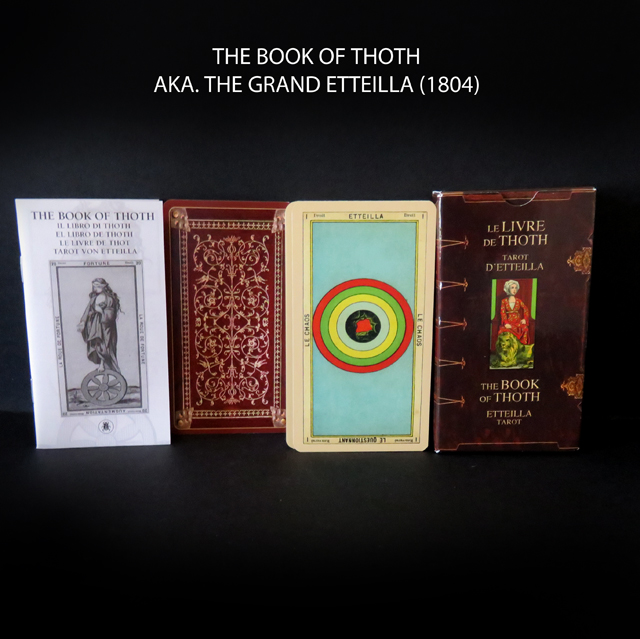
Tarot became quite popular – exoteric – in the last few hundreds of years, and we owe that to the French cartomancer and fortune teller Jean-Baptiste Alliette.
Jean-Baptiste was born to working-class parents in Paris in 1738 and worked as a seed merchant.
In 1770, Jean-Baptiste published his first book “Etteilla, ou manière de se récréer avec un jeu de cartes” (“Etteilla, or a Way to Entertain Yourself With a Deck of Cards”). His pseudonym, Etteilla is simply the reverse of his surname.
According to John Michael Green in “The New Encyclopedia of the Occult”, how and where he learned to read the cards remains unknown. However, Green says that “although a comment in one of his books suggests that he was introduced to the art by an old man from the Piedmont region of Italy sometime in the 1750s.”
At this point, Etteilla used a deck of regular playing cards.
In 1783, Etteilla published the first of four volumes of his major work “Manière de se récréer avec le jeu de cartes nommées Tarots” (“How to Entertain Yourself With the Deck of Cards Called Tarot”).
Etteilla argued for the Egyptian origin of the Tarot deck. According to Etteilla “the Book of Thoth had been engraved for posterity by seventeen Hermetic adepts, priests of Thoth, on plates of gold 171 years after the Great Flood, and that these plates had been the prototypes for tarot cards.”
Court de Gébelin previously presented the hypothesis of the Egyptian origin in his major work “Le Monde primitif” (“The Primitive World”) published in 1781.
On the other hand, Etteila was the first known author revealing the connection of the Tarot deck to the esoteric tradition. Etteilla linked the meaning of the Tarot cards to the interpretation of Astrological and Alchemical aspects.
Etteila considered the images and symbols of the Tarot card as hieroglyphs, images with esoteric meanings hidden from the eye of the ignorant or the uninitiated.
While most of the occultists and card readers are studying the Tarot cards individually, Etteilla seems to be the first one who understood the importance to study the Tarot deck as a whole and subsequently in relation to the other branches of the esoteric sciences such as Astrology or Alchemy.
Another major contribution from Etteilla is the study of the cards in relation to each other. Not necessarily focusing and finding pairs, but finding different sort of connection between some of the cards.
Unfortunately, his, respectively the work of his students and followers, remains unknown or not enough explored while far as I know, it was never entirely and professionally translated from French.
Fortunately, I have stumbled across the blogs of Dr Michael S. Howard, and he did some outstanding research and translations of the major French materials concerning the Etteilla Tarot deck. I warmly recommend reading his blog Etteilla’s trumps (http://etteillastrumps.blogspot.com) which by far may be considered the best book available in English on this subject.
One very important and unique feature of the deck is that all the cards had two keywords representing the divinatory meaning of the cards, one for the straight (upward), the other for the reversed (upside-down) position.
According to Giordano Berti, the author of the historical introduction of the booklet created for the 2003’s edition by Lo Scarabeo, Etteilla also considered that “the Tarot figures had been completely distorted over the millennia.”
Therefore he wanted to restore them to their original appearance and had his own deck designed around 1789.
This first version of the deck was called “Livre de Thoth, ou le grand jeu des 78 tarots egyptiens” (Book of Thoth, or the great game of the 78 Egyptian Tarot cards). From this first edition, only a handful of cards have survived, however, a student of Etteilla, had a complete version printed in 1804. It was called “La Grande Etteilla”.
The architecture of Etteilla’s deck is very interesting.
Before his death, Etteilla has explained how the pages of the Book of Thoth divide into four volumes or books. The first book is the twelve pages from 1 through 12; the second includes the five pages from 13 through 17; the third is 18 through 21 plus the Fool, and the fourth book is the 56 suit cards.
The first card is called “Chaos”, and it represents (the eternal) Truth.
Cards 2, 3, 4 and 5 represent the Four Elements: Fire, Water, Air and Earth.
Card 6 is called “Stars,” and represents Day and Night.
Card 7 is called “Birds and Fish,” representing protection and support.
Card 8 is called “Rest.”
Allegedly, Etteilla’s system, interpretation of the cards, is Astrology based. The so-called Grand Etteilla has astrological attributions added to the cards. Unfortunately, I think that information is the result of later development, and they are incorrect.
01 – Etteilla – Le Consultant (Male) – Aries.
02 – Eclaircissement (Enlightenment/Fire) – Taurus.
03 – Propos (Discussion/Water) – Gemini.
04 – Dépouillement (Loss/Air) – Cancer.
05 – Voyage (Travel/Earth) – Leo.
06 – Nuit (Night/Day) – Virgo.
07 – Appui (Support/Protection) – Libra.
08 – Etteilla – Le Consultante (Female) – Scorpio.
09 – La Justice (Justice/Jurist) – Sagittarius.
10 – La Tempérance (Temperance/Priest) – Capricorn.
11 – La Force (Strength/Monarch) – Aquarius.
12 – La Prudence (Prudence/The Masses) – Pisces.
Following the same logic, the next seven cards should be attributed to the seven classical planets.
13 – Mariage (Marriage/Union) – Moon.
14 – Force Majeure (Absolute Necessity/Absolute Necessity) – Mercury.
15 – Maladie (Illness/Illness) – Venus.
16 – Judgement (Judgment/Judgment) – Sun.
17 – Mortalité (Death/Nothingness) – Mars.
18 – Traître (Traitor/Traitor) – Jupiter.
19 – Détresse or Misere (Poverty/Prison) – Saturn.
The remaining three cards are left unassigned.
20 – Fortune (Fortune/Raise).
21 – Dissension (Disagreement/Disagreement).
78 – Folie.
An alternative may be the kabbalistic assignment based on the Sefer Yetzirah.
Aleph – Air – 01 – Etteilla – Le Consultant (Male).
Bet – Saturn or Moon – 02 – Eclaircissement (Enlightenment/Fire).
Gimel – Jupiter or Mars – 03 – Propos (Discussion/Water).
Dalet – Mars or Sun – 04 – Dépouillement (Loss/Air).
He – Aries – 05 – Voyage (Travel/Earth).
Wav – Taurus – 06 – Nuit (Night/Day).
Zayin – Gemini – 07 – Appui (Support/Protection).
Heth – Cancer – 08 – Etteilla – Le Consultante (Female).
Teth – Leo – 09 – La Justice (Justice/Jurist).
Yod – Virgo – 10 – La Tempérance (Temperance/Priest).
Kaph – Sun or Venus – 11 – La Force (Strength/Monarch).
Lamed – Libra – 12 – La Prudence (Prudence/The Masses).
Mem – Water – 13 – Mariage (Marriage/Union).
Nun – Scorpio – 14 – Force Majeure (Absolute Necessity/Absolute Necessity).
Samekh – Sagittarius – 15 – Maladie (Illness/Illness).
Ayin – Capricorn – 16 – Judgement (Judgment/Judgment).
Pe – Venus or Mercury – 17 – Mortalité (Death/Nothingness).
Tsade – Aquarius – 18 – Traître (Traitor/Traitor).
Qoph – Pisces – 19 – Détresse or Misere (Poverty/Prison).
Resh – Mercury or Saturn – 20 – Fortune (Fortune/Raise),
Shin – Fire – 21 – Dissension (Disagreement/Disagreement).
Taw – Moon or Jupiter – 22/78 – Folie.
However, this still does not seems to be a much better match.
I have an entirely different idea regarding Etteilla’s structure of the Major Arcana and attribution of the cards.
Visualisation is an essential part of the process, laying down the cards correctly.
So, you have to put the first card alone in the central position, then the rest of the twenty-one cards in the three lines of seven cards each below.
On the one hand, it is all about structure, geometry, physical and spiritual architecture. While most scholars are focused sometimes obsessively on the twenty-two cards and especially in analogy with the letters of the Hebrew alphabet, the key to the Major Arcana is the number twenty-one. I think there are triplicities instead of pairs, respectively three groups of seven cards plus one ‘extra’ card, generally out of sequence. On the other hand, the spiritual, sometimes called mystique content is equally important to understand the individual and collective meaning of the cards. It gives one the whole context, who, where, what and why is doing it.
Etteilla’s Major Arcana cards have no astrological meaning, or if they do, it is a secondary aspect, but they tell an entirely different story.
In my opinion, the first eight cards represent an allegory with the creation story from the Bible.
The first card, called Chaos, refers to the void state preceding the creation of the universe. It represents the kabbalistic ‘Ein Sof’, God, before any self-manifestation in the production of any spiritual realm. ‘Ein’ literally means ‘nothing’, and ‘Sof’ means ‘limitation’. Ein Sof may be translated as ‘unending’, ‘there is no end’, or infinity.
‘In the beginning, God created the heavens and the earth. Now the earth was formless and empty, darkness was over the surface of the deep, and the Spirit of God was hovering over the waters.’ (Genesis 1:1 and 2 NIV)
The next seven cards represent the seven days of creation.
The rest of the fourteen cards apparently represents the seven heavenly virtues and the seven cardinal sins.


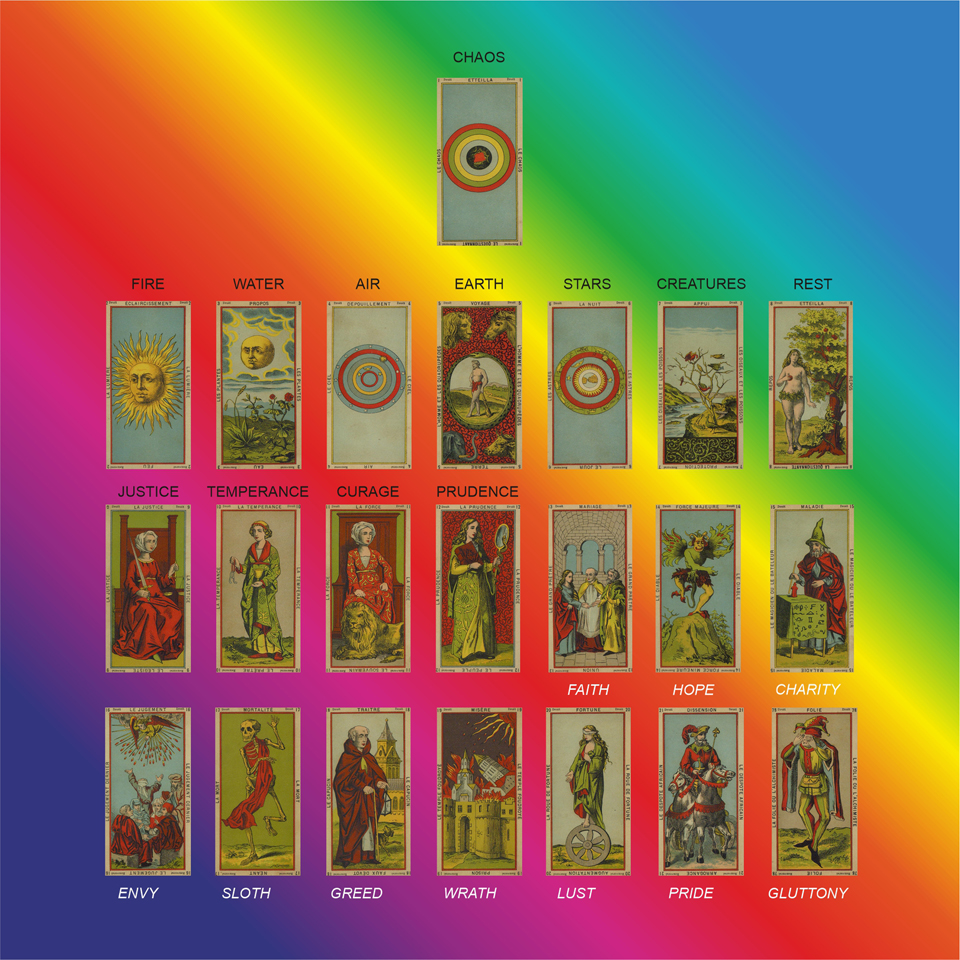
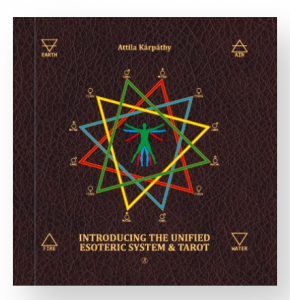
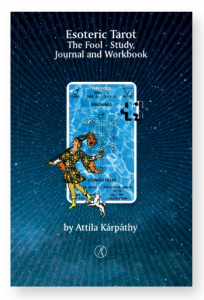
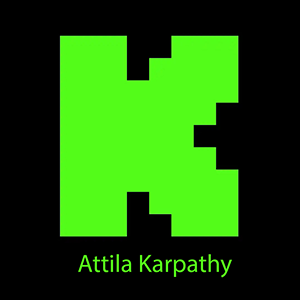
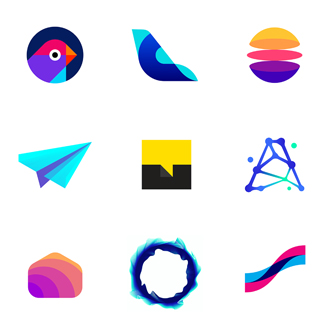
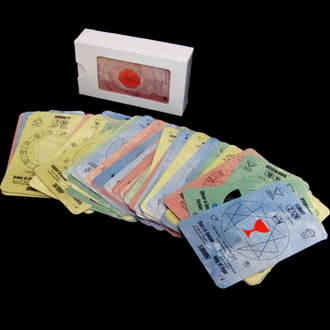
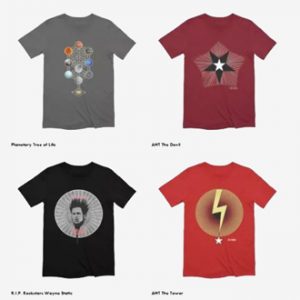
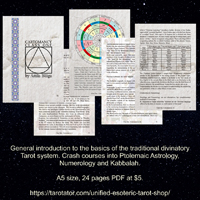
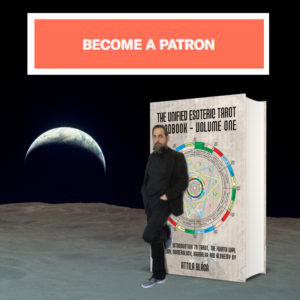
I was wondering what do you think of aleister Crowley’s “book of thoth” and his take on the tarot?
Hi there!
Crowley was inspired by Etteilla’s Tarot and generally, by the Franch lineage of esotericism (occultism).
You can read this post Esoteric, mesoteric and exoteric where I mentioned some less considered aspects of the work of Crowley.
Thank you and have a great day!
Oh! Awesome! This is definitely up my alley and i appreciate the information.
You’re welcome!
Too much of a explanation regarding cards.
Cards are alive, present in everyday’s things of the World,
the more you toil into the mechanics of the mind,
greater the hardships to find simple, pure instincts and perception, it will be.
Historic info and connection through history, as you presented in here,
is very iinteresting, though.
Thanks.
On the contrary, I think there is still not enough information regarding this deck and the system Etteilla used.
Knowledge and learning only add to one’s capability to read and interpret cards efficiently. Ignorance is not bliss. Especially Tarot is about several ‘hidden’ levels of knowledge. More one knows, more detailed and efficient the reading gets.
Thanks for your comment and wish you the best!